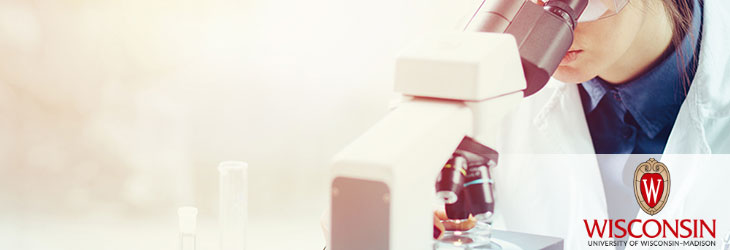Analytical Instrumentation, Methods & Materials

Multidimensional Imaging with Improved Contrast
WARF: P140021US02
Inventors: John Wright, Erin Boyle
The Wisconsin Alumni Research Foundation (WARF) is seeking commercial partners interested in developing a new method to provide chemically selective, multidimensional images of various types of chemical and biological samples.
Overview
Studying molecular properties in complex chemical and biological samples, including live cells, requires sufficient spatial resolution and contrast between different substructures. To achieve enhanced contrast, certain spectroscopic techniques such as coherent anti-Stokes Raman scattering (CARS) microscopy use vibrational spectroscopy where the contrast depends on the chemical identity of sample substructures. The contrast of these methods is one dimensional and is limited by the spectral congestion characteristic of complex materials.
The Invention
UW–Madison researchers have developed a new coherent multidimensional spectroscopy (CMDS) technique that enhances the image contrast by using multiple frequencies that provide 3-D contrast. The method uses three coherent light pulses (intense light beams) with three different frequencies to interact with multiple functionalities within the molecules (e.g., C-H bonds) to create coherent images that are highly characteristic of specific molecules within sample substructures.
Applications
- Multidimensional (2-D or 3-D) sample imaging
- Relevant in myriad fields, including membrane biology, neurobiology, pathology, pharmacology and materials science
Key Benefits
- Improves image contrast
- Enhances signal strength by up to seven orders of magnitude
- Suppresses background interference
- Unlike existing techniques (e.g., CARS) the new method probes both the vibrational and electronic characteristics of molecules to better study and identify them.
- Increases interrogation spot size
Stage of Development
The capabilities of the new method were demonstrated using a number of a model chemical systems.
Additional Information
For More Information About the Inventors
Related Technologies
Tech Fields
For current licensing status, please contact Michael Carey at [javascript protected email address] or 608-960-9867